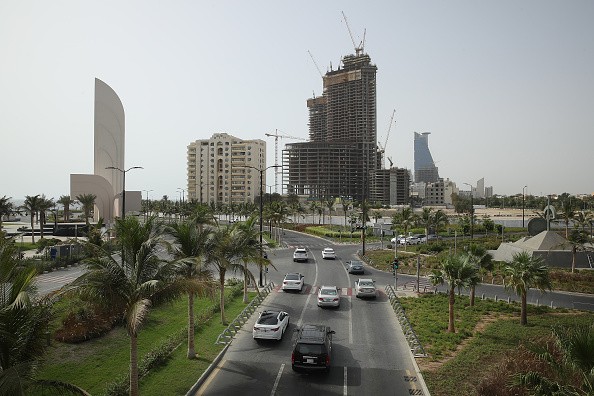The target will need great investments in solar technologies, scientists warn, as less than 1% of the energy of oil-producing nation emerges from renewables. By 2030, Saudi Arabia will produce 50% of its energy from renewables and 10 billion trees will be planted in decades to come, the crown prince of Saudi Arabia, Mohammed bin Salman has stated.

Efforts to Diversify the Economy From its Oil Dependence
In the comments the government-affiliated Saudi Press Agency reported, Bin Salman said the climate crisis had boosted air pollution, dust storms, and desertification in the Kingdom, destroying the economy of Saudi and the health of its citizens.
In response, the Saudi Green Initiative focuses to transform one of the top oil producers in the world into "a global leader in forging a greener world". This is included in efforts to diversify the economy from its dependence on oil.
The Saudi Press Agency said Mohammed bin Salman acknowledged the Kingdom's part of duty in advancing the fight in opposition to the climate crisis."We refuse the false decision between safeguarding the environment and preserving the economy. Climate action will boost spark innovation, competitiveness, and make millions of high-quality jobs available," he said.
The Renewable Ambition of Saudi Arabia
Saudi Arabia's Gulf allies, prime minister of Pakistan - Imran Khan, the International Renewable Energy Agency, and UN Climate Change chief Patricia Espinosa welcomed the statement. But the government did not disclose if it would manufacture and export any less oil while controlling its own economy with less expensive solar power.
A climate change consultant that stays in the United Arab Emirates, Tanzeed Alam, described the renewable ambition of Saudi Arabia as "huge." "Arising from the largest oil producer in the world, it is a pretty bold statement," he informed Climate Home News. In 2017, renewables made up only 0.02% of the final energy consumption of Saudi Arabia, according to the IEA.

Solar Power in Saudi Arabia
By 2050, neighboring United Arab Emirate has an aim to reach the 50% target while Abu Dhabi, its capital wants to get to it by 2030. Although some mountainous areas have wind power potential, Alam said most of this renewable energy would be gotten from solar power created by huge farms in the desert.
The scale of the projects and the sun power make solar power in Saudi Arabia less expensive than anywhere else, he said. "Solar PV [power], if installed at large scales and under favorable climatic conditions, can be very cost-competitive," the International Energy Agency said in a 2020 December report.
The Saudi government had "much work to do" to accomplish its 50% goal, specifically by investing in energy storage Alam added. Presently, only Norway and Iceland get over 50% of their primary energy from renewables. He added that investment would be gotten from both the government and the private sector. The Public Investment Fund of the government puts down the risk finance that assists a competitive tendering process, he said.
For more news, updates about carbon emissions and similar topics don't forget to follow Nature World News!
© 2025 NatureWorldNews.com All rights reserved. Do not reproduce without permission.





